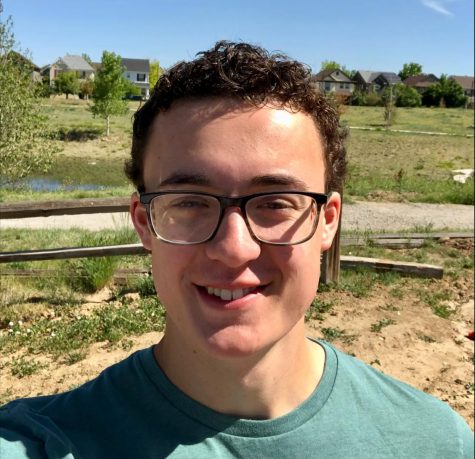History Takeover: Grinnell’s turbulent founding and moving west
February 13, 2023
This semester, I will be using the History Takeover column, spotlighting moments from Grinnell College’s history with the goal of broadening knowledge about the College. I am focusing on stories that often get misconstrued, misremembered or forgotten.
On the precipice of the Civil War, Grinnell College’s founders gathered all the institution’s belongings into a single wagon and trudged westwards, bound for a tiny town in the sparsely settled Iowa prairie, without a single student enrolled.
Historians can choose to begin the story of Grinnell College at several points, but this particular desperate and determined trek elegantly captures the whole story. As happened several times over the decades that led to Grinnell’s founding, a small group of people collected pieces of the east and headed west, convinced that they were bestowing a gift upon a new land.
Of course, according to Iowa State University, Grinnell’s current location was only a new land in the sense that white, American settlers had rapidly, and often violently, expelled Indigenous peoples from it. Perhaps, then, the story of Grinnell’s founding best starts with the Indian Removal Act of 1830, which allowed the U.S. government to seize territories west of the Mississippi River. Or, maybe it begins with the Sac and Fox Treaty of 1842, which ceded Sauk and Meskwaki land in central Iowa to the United States.
Former Grinnell professor Joseph Frazier Walls, author of the authoritative “Grinnell College in the Nineteenth Century,” points to an 1843 meeting in the library basement of Andover Theological Seminary in Massachusetts. There, a group of 12 men who had never crossed the Mississippi decided to establish a university in the Iowa Territory.
Strong beliefs guided them. As ministers-in-training, they hoped to evangelize and bring Christianity to the region. As abolitionists, they sought to nurture a new generation of anti-slavery activists. As white men of the mid-19th century, they understood themselves as small players in Manifest Destiny — America’s supposed divine right to span from the Atlantic to the Pacific Coast.
Once graduated, these ministers traveled to Davenport, Iowa, partnered with other missionaries and established Iowa College in 1846. When it first offered courses in 1850, there were only two professors.
All the founders, trustees and professors were committed to the value of liberal arts. They imported the model previously taught to them in East Coast colleges, such as Amherst and Bowdoin, which had in turn mimicked esteemed European universities. Since the liberal arts were drawn from Ancient Greek practices, as Harry Brighouse of the Mellon Foundation explains, one can trace the liberal arts’s path back eastward: from Davenport to New England, then to England and France and finally back to Rome and Athens.
Thus, the move from Davenport to Grinnell only continued a larger trend. The relationship between the College and the town had soured due to the religious and political differences. As Walls explains, Congregationalists founded Iowa College, while most Davenport residents attended Methodist churches. Likewise, as the country unraveled en route to the Civil War, Iowa College’s abolitionist stance placed it at odds with the town during one of the most divisive times in American history. The city government’s effort to build a road through the college campus further strained tensions. All these factors, alongside competition from newly established colleges in the region, pushed the college’s leaders to consider relocation.
After years of debate, one man galvanized the College to take action: Josiah Bushnell Grinnell. G. Galin Berrier, writing for the University of Iowa’s library, paints a portrait of J.B. Grinnell as a man guided by strict principles and fervent optimism. An ardent anti-slavery activist — passionate enough to make Iowa College’s progressive founders look like centrists — Grinnell had started a community four years earlier in central Iowa. Though less than 100 people currently lived there, he hoped that its prime location by the intersection of two railroads — including the line that cuts through campus today — would spur its development into a major settlement.
Through generous financial concessions, Grinnell convinced the trustees to abandon the Davenport campus. He had less success convincing the students; none of the enrollees at the time chose to continue their education at the new location.
So, Iowa College departed with no students, one wagon of materials and $9,000 in its possession,for a town founded less than half a decade prior. This move embodied several contradictions. The founders perceived themselves as heroes in a noble quest to spread education, yet had just abandoned their pupils. The College had its roots in a theological seminary, yet the founders proclaimed it secular while in Davenport. Many had formerly belonged to the Free Soil Party — a national political party dedicated to containing slavery — yet they ventured to inhabit stolen land.
In that sense, this clash of ideas and reality sets the stage for the future of the College. The voyage out of Davenport symbolizes the dreams, the hypocrisies, the journeys and the risks of Grinnell College in its formation.


















































